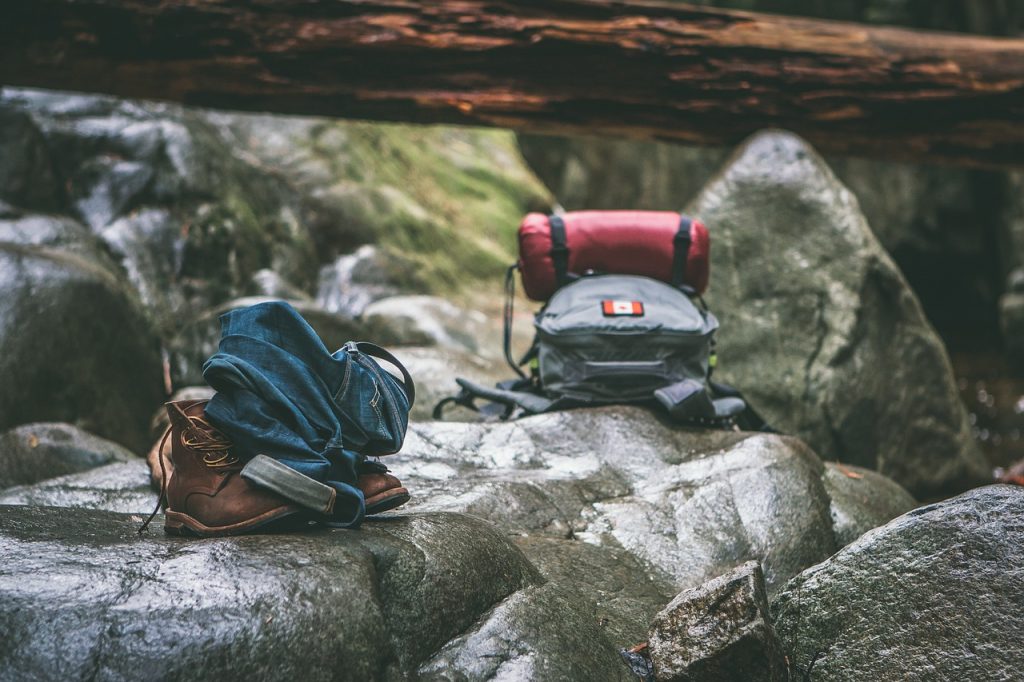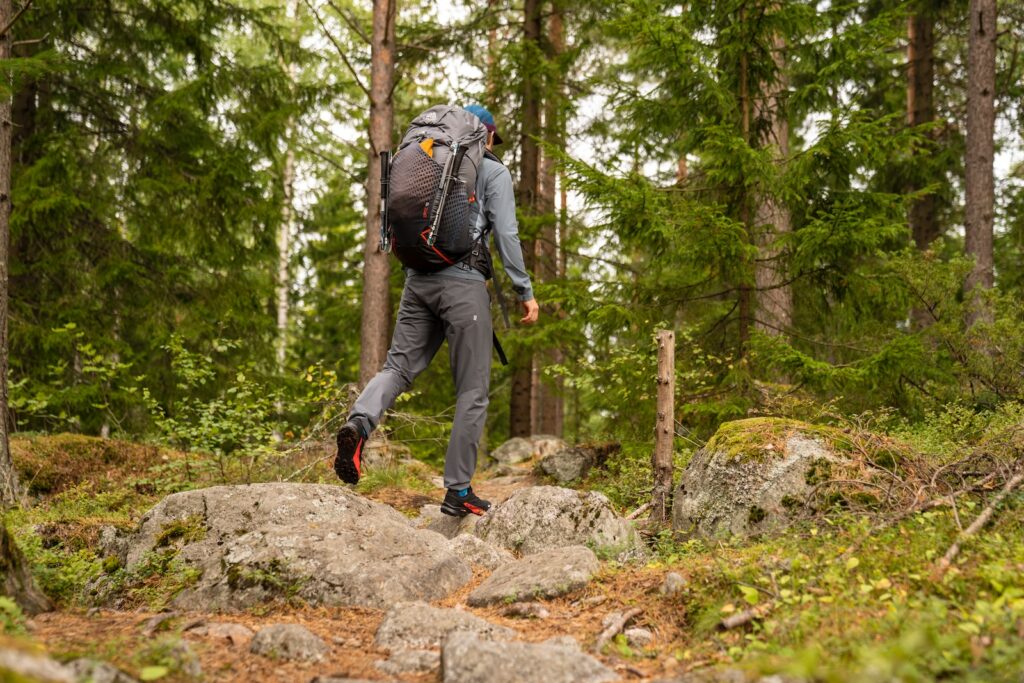

Training for Altitude: Fitness Tips for High-Elevation Hiking
Are you planning a high-elevation hiking adventure? If so, you’re going to want to make sure you’re properly prepared. Training for altitude is essential to ensure you can fully embrace the breathtaking views and challenging terrain. In this article, we’ll provide you with fitness tips specifically tailored for high-elevation hiking.
Altitude presents a unique set of challenges for the human body. The decreased oxygen levels can cause symptoms like shortness of breath, fatigue, and headaches. However, with the right training and preparation, you can minimize these effects and maximize your hiking experience.
Understanding high-elevation hiking

High-elevation hiking refers to hiking at altitudes above 8,000 feet (2,400 meters). At these heights, the air becomes thinner, making it more difficult for your body to get the oxygen it needs. This lack of oxygen can lead to altitude sickness, a condition that can range from mild to severe and can greatly impact your hiking experience.
Altitude sickness occurs due to the reduced air pressure and oxygen levels at higher elevations. Common symptoms include headache, dizziness, nausea, fatigue, and shortness of breath. It’s important to note that altitude sickness can affect anyone, regardless of their fitness level or previous hiking experience.
Benefits of high-elevation hiking
While high-elevation hiking poses its challenges, it also offers numerous benefits. The stunning mountain landscapes, fresh air, and sense of adventure make it a popular choice for outdoor enthusiasts. Additionally, high-elevation hiking provides an excellent cardiovascular workout and can help improve your overall fitness level.
Hiking at high altitudes forces your body to work harder due to the reduced oxygen levels. This increased effort results in a higher calorie burn and improved cardiovascular endurance. The challenging terrain also helps strengthen your leg muscles, particularly your quadriceps, hamstrings, and calves.
Preparing for high-elevation hiking
Before embarking on a high-elevation hiking adventure, it’s crucial to prepare both physically and mentally. Adequate preparation will not only enhance your hiking experience but also reduce the risk of altitude sickness and other potential health issues.
One of the most important aspects of preparation is gradually increasing your fitness level. Start by incorporating cardiovascular exercises into your routine, such as running, cycling, or swimming. Aim for at least 150 minutes of moderate-intensity aerobic activity per week.
Strength training is also essential for high-elevation hiking. Focus on exercises that target your lower body, such as squats, lunges, and calf raises. Building strength in these muscles will help you tackle steep inclines and rocky terrain with greater ease.
Fitness tips for high-elevation hiking
To optimize your fitness for high-elevation hiking, it’s essential to incorporate hiking-specific workouts into your training regimen. These workouts will mimic the conditions you’ll encounter on the trail, allowing you to build endurance and prepare your body for the challenges ahead.
One effective exercise is stair climbing. Find a set of stairs, either at a local park or in a tall building, and climb them repeatedly. This exercise simulates the uphill sections of a hike and helps strengthen your leg muscles and improve your cardiovascular endurance.
Interval training is another effective way to boost your fitness for high-elevation hiking. Alternate between periods of high-intensity exercise, such as sprinting, and periods of active recovery, such as walking or jogging. This type of training helps improve your cardiovascular fitness and prepares your body for the varying intensities of a hike.
Training exercises for high-elevation hiking
In addition to hiking-specific workouts, it’s beneficial to engage in other training exercises that target different muscle groups and improve overall fitness. Here are a few exercises to consider:
- Core exercises: A strong core is essential for maintaining balance and stability on uneven terrain. Include exercises such as planks, Russian twists, and bicycle crunches to strengthen your core muscles.
- Upper body exercises: While hiking primarily engages the lower body, it’s important to have a strong upper body for activities like scrambling or using trekking poles. Incorporate exercises like push-ups, shoulder presses, and bent-over rows to build upper body strength.
- Flexibility exercises: Flexibility is key for preventing injuries and maintaining a fluid hiking stride. Stretch your major muscle groups, such as your calves, hamstrings, and hip flexors, regularly to improve mobility and reduce muscle tension.
Nutrition for high-elevation hiking

Proper nutrition plays a vital role in supporting your body during high-elevation hiking. To ensure you have enough energy and stamina to tackle the trails, follow these nutrition tips:
- Eat a balanced diet: Consume a mix of carbohydrates, proteins, and healthy fats to provide your body with the necessary nutrients. Include whole grains, lean proteins, fruits, vegetables, and nuts in your meals.
- Stay hydrated: Dehydration can worsen the symptoms of altitude sickness and impair your hiking performance. Drink plenty of water throughout the day, and consider carrying a water bladder or hydration pack during your hikes.
- Fuel up before and during hikes: Eat a nutrient-rich meal before heading out on a high-elevation hike, and bring high-energy snacks like nuts, trail mix, energy bars, and dried fruits to fuel your body during the hike.
Hydration and altitude sickness prevention
Staying properly hydrated is crucial when hiking at high altitudes. In addition to drinking plenty of water, here are some tips to prevent altitude sickness:
- Gradual acclimatization: Give your body time to adjust to higher elevations by gradually increasing your altitude over several days.
- Avoid alcohol and caffeine: Both alcohol and caffeine can contribute to dehydration and exacerbate the symptoms of altitude sickness. Limit your consumption of these substances during your high-elevation hiking trip.
- Listen to your body: Pay attention to any signs of altitude sickness, such as severe headache, vomiting, or difficulty breathing. If you experience these symptoms, descend to a lower elevation immediately and seek medical attention if necessary.
Essential gear for high-elevation hiking
Having the right gear is essential for a safe and comfortable high-elevation hiking experience. Here are some key items to include in your hiking gear:
- Proper footwear: Invest in a pair of sturdy hiking boots that provide ankle support and have good traction for navigating rugged terrain.
- Layered clothing: Dress in layers to adapt to the changing weather conditions at high elevations. Include moisture-wicking base layers, insulating mid-layers, and a waterproof outer layer.
- Sun protection: Protect yourself from the sun’s harmful rays by wearing a wide-brimmed hat, sunglasses, and sunscreen with a high SPF.
Safety precautions for high-elevation hiking
While high-elevation hiking can be an incredible adventure, it’s important to prioritize safety. Here are some safety precautions to keep in mind:
- Research the trail: Familiarize yourself with the trail you’ll be hiking, including its difficulty level, length, and any potential hazards. Obtain a detailed map and plan your route accordingly.
- Hike with a buddy: It’s always safer to hike with a partner or a group. If you do decide to hike alone, make sure to inform someone of your plans and estimated return time.
- Check the weather forecast: Be aware of the weather conditions before heading out on your hike. Avoid hiking during severe weather, such as thunderstorms or blizzards.
Conclusion
Training for altitude is crucial when it comes to high-elevation hiking. By following the fitness tips provided in this article, you can build endurance, increase lung capacity, and improve your overall fitness level. Additionally, proper nutrition, hydration, and gear are essential for a safe and enjoyable hiking experience. So, whether you’re planning to conquer a majestic mountain peak or trek through a breathtaking alpine landscape, make sure to prepare adequately and embrace the challenges and rewards of high-elevation hiking.






